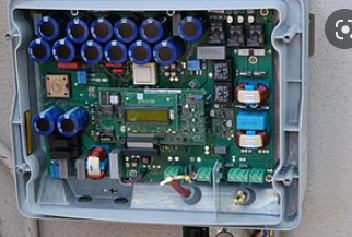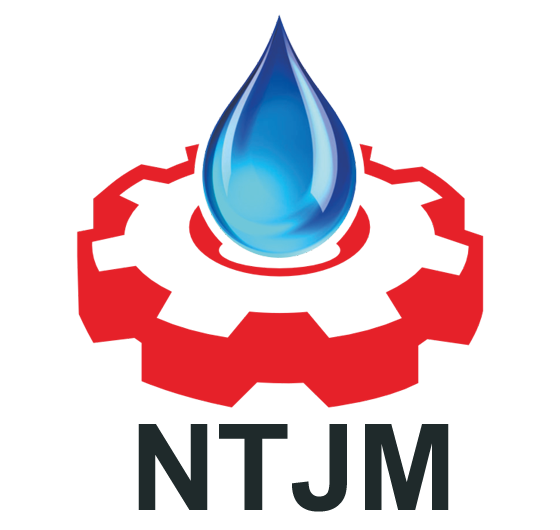PV Inverter Cooling Solution
Custom PV inverter cooling solution with YT Thermal.
High-power photovoltaic inverters play a very important role in the field of new energy and become infinite possibilities in energy saving and environmental protection
PV Inverter Cooling System Solutions

Thermal Solutions for PV Inverter Cooling
The PV inverter is a DC to AC transformer, which is actually a voltage inversion process with the converter. The converter converts the AC voltage of the power grid into a stable 12V DC output, while the PV inverter converts the 12V DC voltage output by the Adapter into high-frequency high-voltage AC; both parts also use the more frequently used pulse width. modulation (PWM) technology. The core part is a PWM integrated controller, the Adapter uses the UC3842, and the inverter uses the TL5001 chip. The working voltage range of TL5001 is 3.6~40V. It is equipped with an error amplifier, a regulator, an oscillator, a PWM generator with dead zone control, a low-voltage protection circuit and a short-circuit protection circuit, etc.
The PV inverter converts DC power (battery, storage battery) into AC power (usually 220v50HZ sine or square wave). In layman’s terms, an inverter is a device that converts direct current (DC) into alternating current (AC). It consists of inverter bridge, control logic and filter circuit.
The PV inverter itself also consumes a part of the power when working, so its input power is greater than its output power. The efficiency of the inverter is the ratio of the output power of the inverter to the input power, that is, the efficiency of the inverter is the ratio of the output power to the input power. If an inverter inputs 100 watts of direct current and outputs 90 watts of alternating current, its efficiency is 90%. At this time, a large amount of thermal damage will occur.
We must use a heat sink to reduce the temperature of the chip to the normal working range by using the high-density heat exchange method of the heat sink, so that the working efficiency of the PV inverter will be improved. The reliability is more stable, which is why the engineers of professional thermal engineers spend a lot of time researching the best thermal design solution, and electronic engineers are also paying more and more attention to the heat dissipation of the PV inverter.
